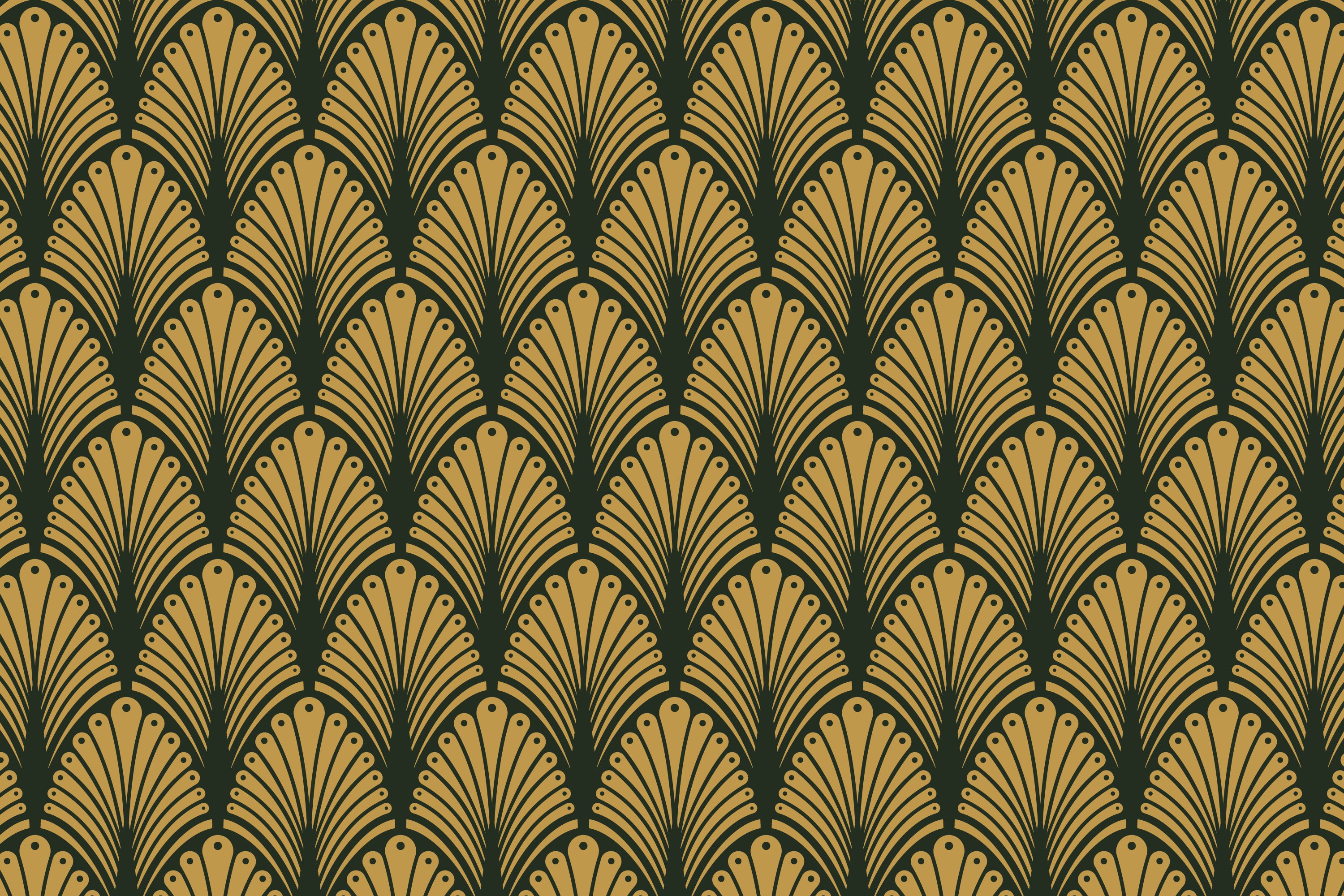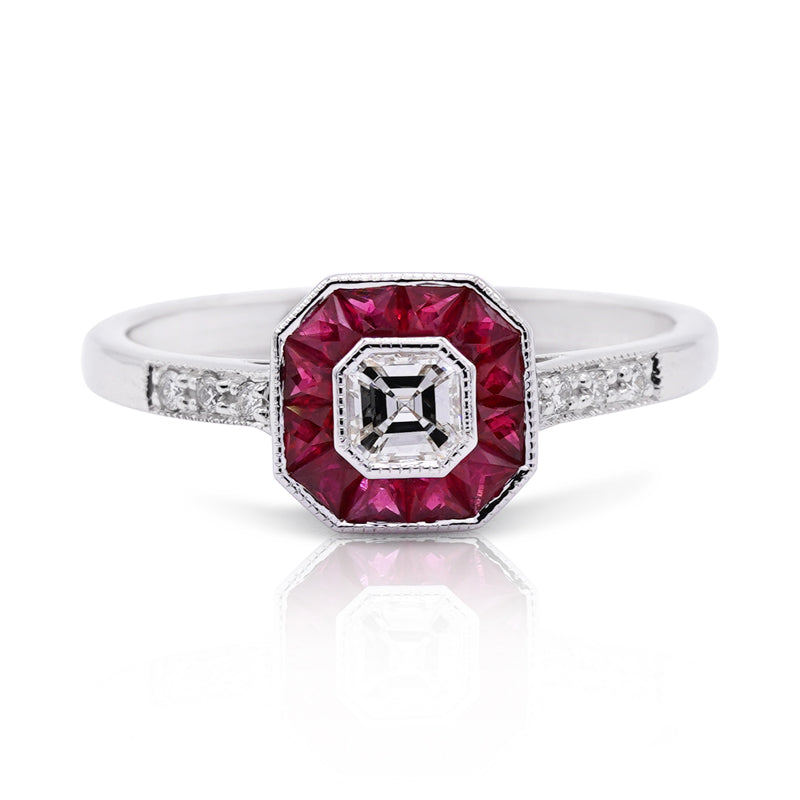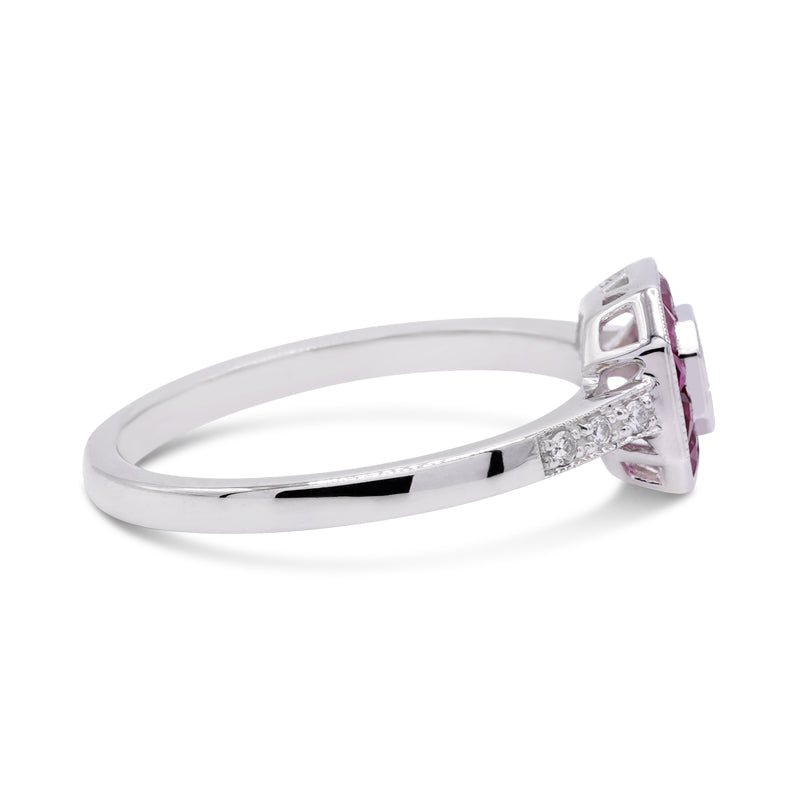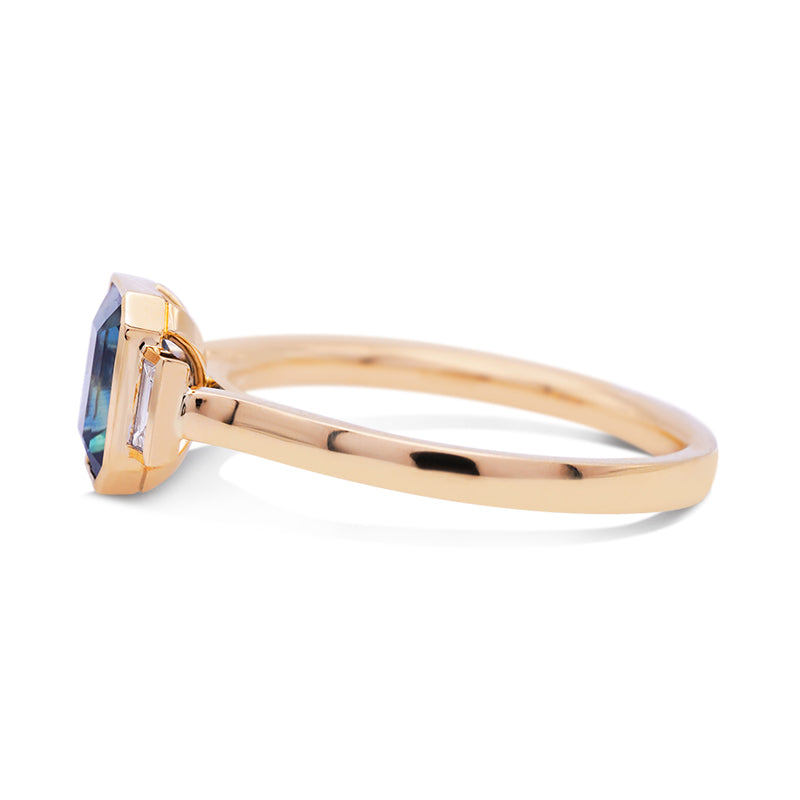The Art Deco style originated in Paris just before the First World War and flourished throughout the 1920s and 1930s. A bold departure from the soft, natural curves of the Art Nouveau movement (1890s–1910), Art Deco embraced modernity with geometric lines, symmetry, and striking visual contrasts.
A New Era of Elegance
Reflecting a period of post-war optimism and economic growth, Art Deco design exuded sophistication and glamour. Its influence extended beyond jewellery—transforming architecture, fashion, transport, and everyday objects. Inspiration came from the Cubist art movement and the discovery of Tutankhamun’s tomb in 1922, which brought Egyptian motifs into vogue. Designers also drew upon styles from India and the Far East, incorporating abstract and linear patterns into their work.
Materials and Motifs
Jewellery of this era was characterised by clean lines, bold colours, and geometric patterns. Platinum became the metal of choice for engagement and wedding rings, prized for its strength and refined finish. Silver and 18-carat gold were also commonly used. Art Deco pieces featured precious stones such as diamonds, sapphires, emeralds, rubies, and pearls, as well as materials like onyx, jade, enamel, coral, and amber.
Colour palettes ranged from dramatic contrasts—black and white, emerald and ruby—to subdued tones of grey, ivory, and brown.
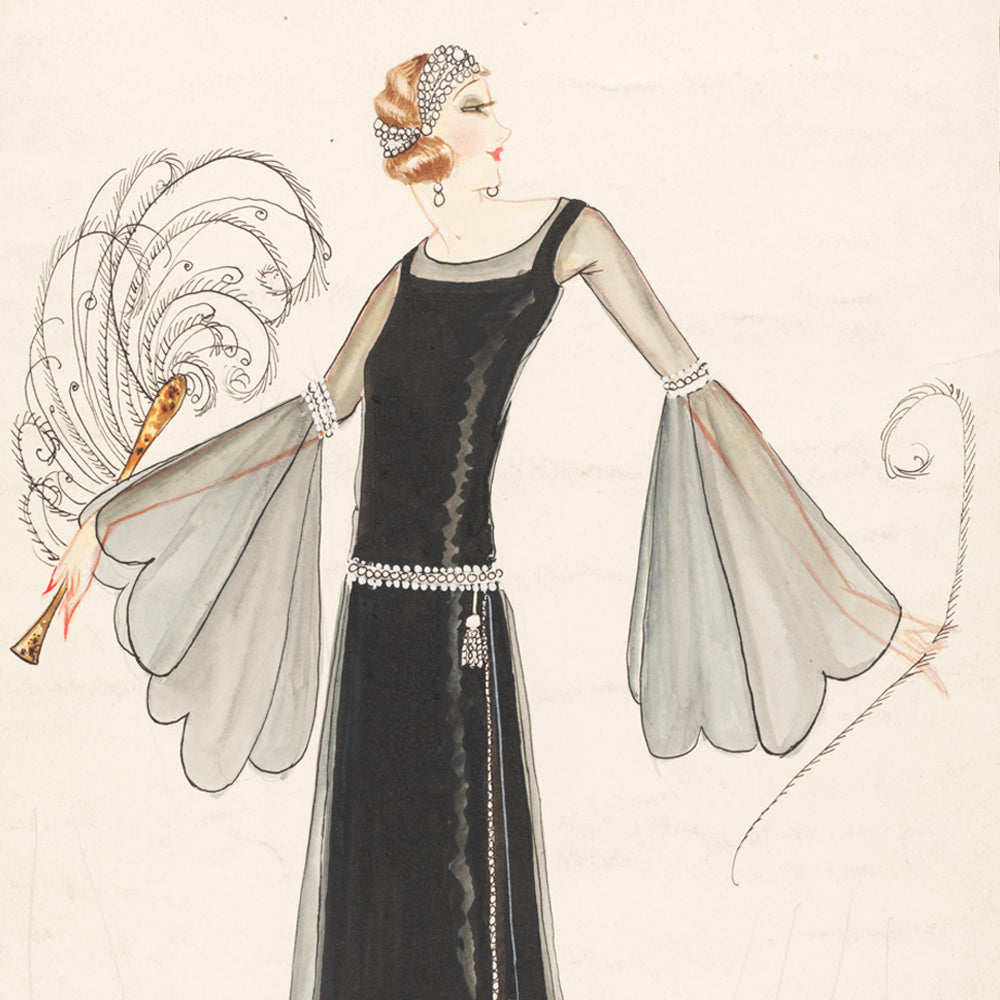
Style Meets Function
Women’s fashion in the 1920s called for simpler, streamlined silhouettes. As corsets and elaborate gowns gave way to drop-waist dresses and bare arms, jewellery became a key form of self-expression. Long, layered necklaces of pearls and beads were worn draped down the back or across a shoulder. Tassels and chains—often incorporating paste gems or precious stones—added movement and flair.
Short hairstyles left the neck and ears exposed, creating a demand for statement earrings. Sleeveless dresses invited stacks of bangles, which began slim and flexible early in the decade but grew into wider cuffs by the late 1920s. Rings were bold and architectural, often showcasing a central stone flanked by pavé diamonds or set in stepped, geometric mounts.
Brooches were another favourite—featuring motifs like floral sprays, fruit baskets, and fountains—and were pinned to hats, belts, or shoulders.
Costume Jewellery and Innovation
The Art Deco era also saw the rise of costume jewellery. Pioneered by designers like Coco Chanel, affordable pieces made from Bakelite, glass, chrome, and steel allowed more women to embrace fashion trends without the high cost. Bold, colourful, and innovative, these pieces became as stylish and sought-after as their fine jewellery counterparts.
Art Deco’s Enduring Legacy
Art Deco jewellery was more than decorative—it symbolised freedom, self-expression, and progress. The era marked a clear break from the rigid conventions of the past. Women were working, dancing, voting, and dressing with new independence. Jewellery mirrored this cultural shift with elegance, modernity, and a touch of extravagance.
It remains a timeless style—admired today for its craftsmanship, confidence, and undeniable charm.
By Sarah Stephens
Check out our other expert articles
Shop Our Art Deco Style Range
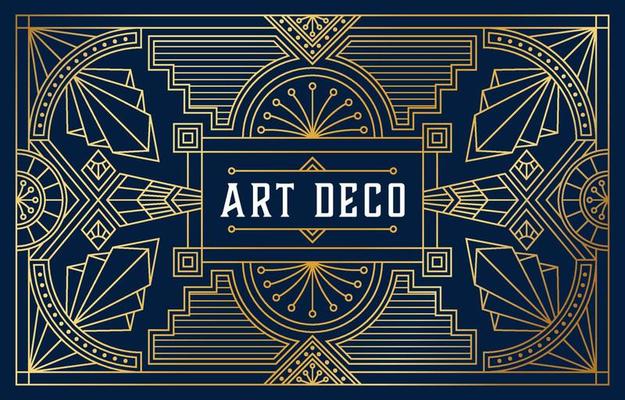
Shop the look


